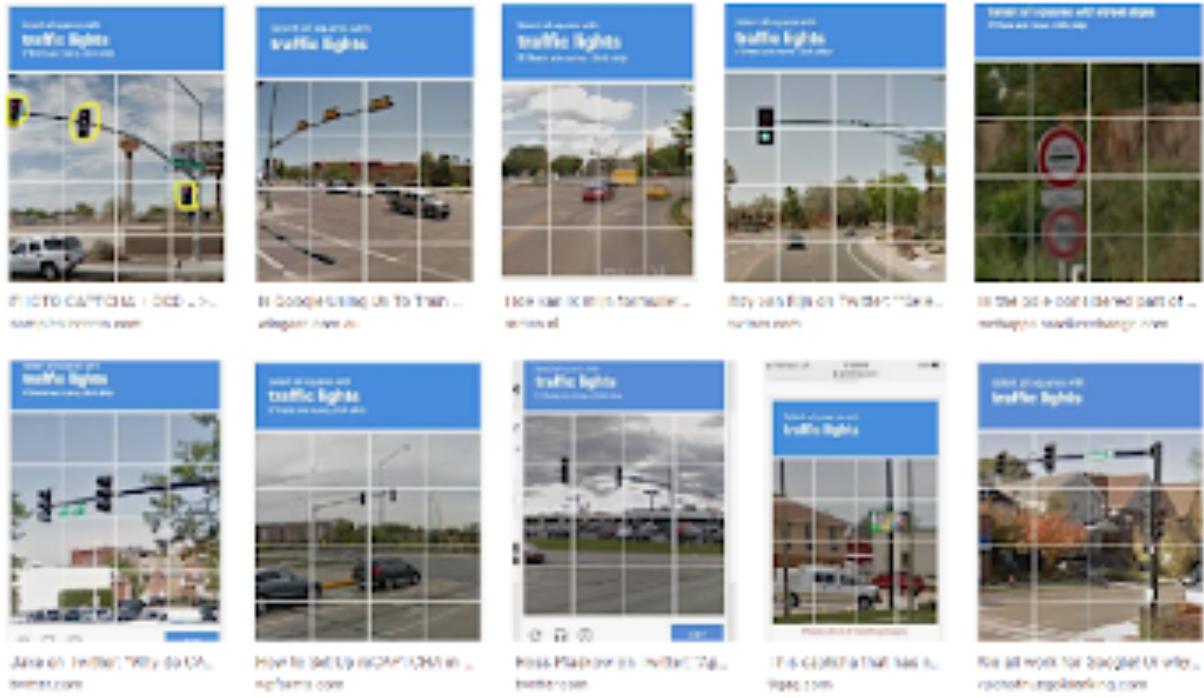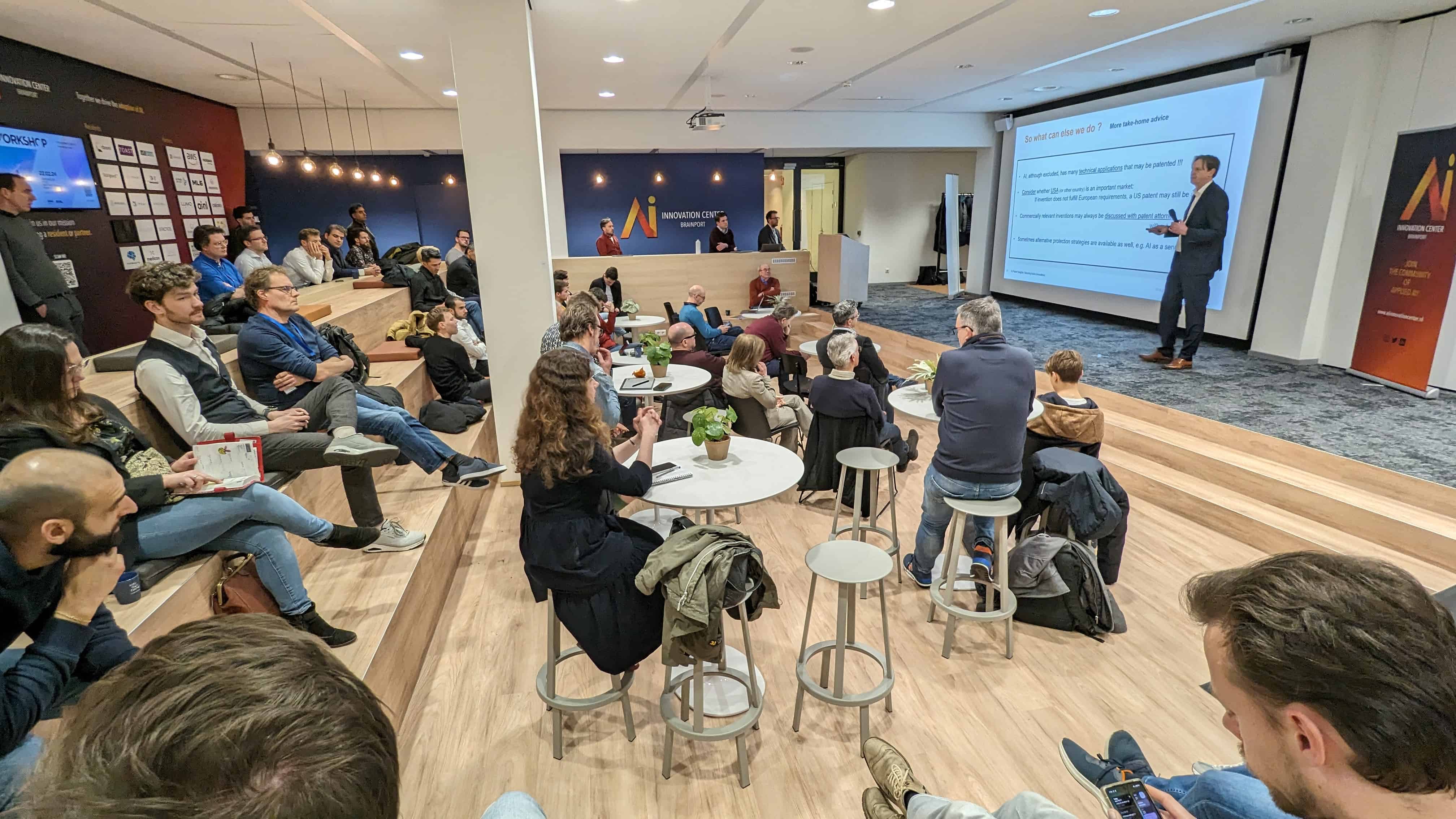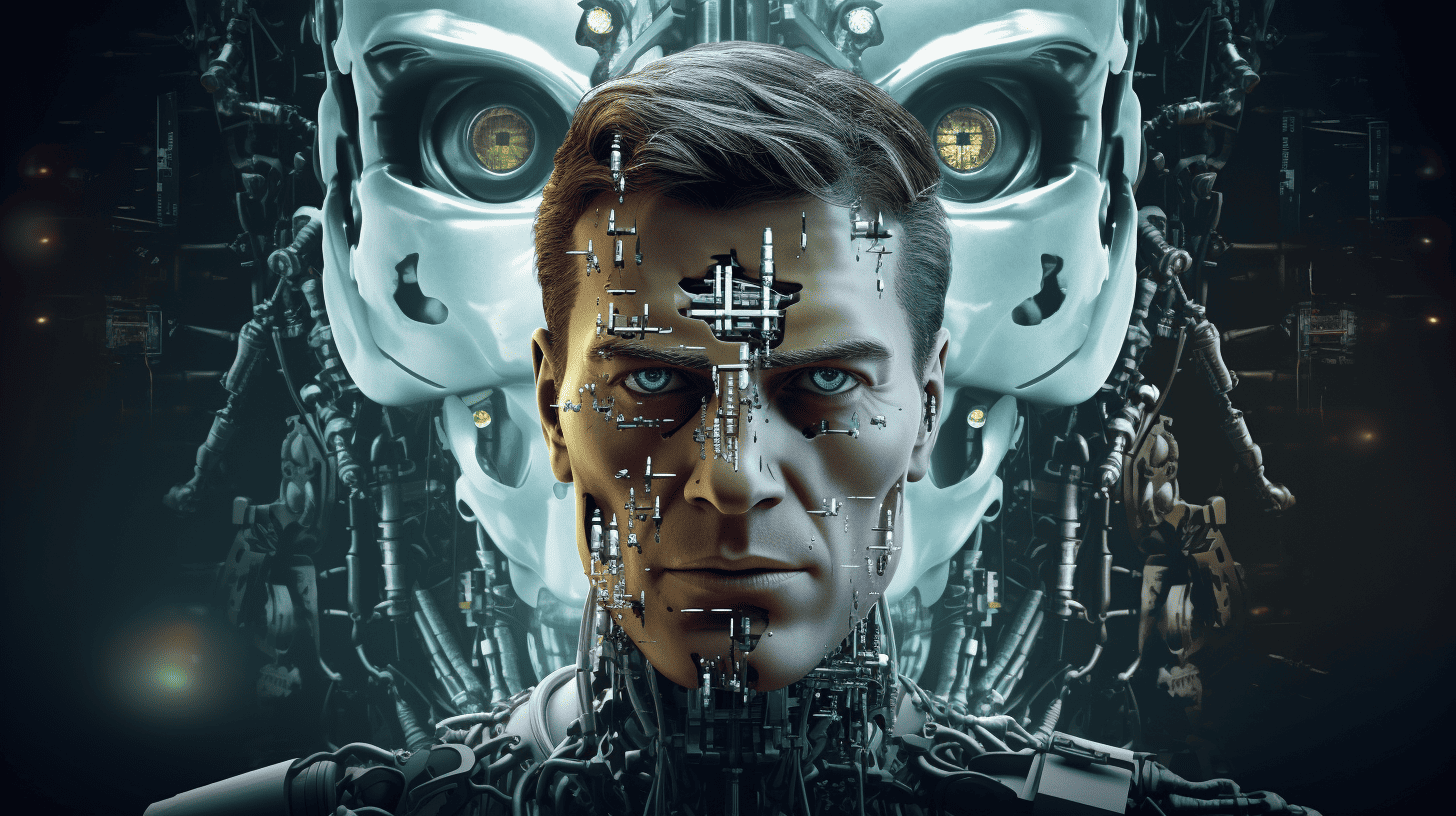
I find them incredibly irritating. Those images you have to click on to prove that you are not a robot. If you are just one click away from a nice weekend away, you first have to figure out where you can see the traffic lights on 16 tiny fuzzy squares. Google makes grateful use of these puzzling attempts. For one thing, the company uses artificial intelligence to train its image recognition software. Incidentally, patenting this type of software is commonly misunderstood, as it definitely can be patented, contrary to popular opinion.
First of all, let’s come back to that recognition hurdle blocking your weekend getaway. Have you ever noticed that in the past, you used to have to recognize texts, but nowadays you’re almost only presented with traffic situations? Traffic lights, road signs, pedestrian crossings, cyclists, and so on. That’s not for nothing. The captcha challenge-response texts were intended to improve text scanning for Google Books. Nowadays, Google is fully focused on image recognition for self-driving vehicles. Just a quick note: The official name is reCAPTCHA™ by the way, and remarkably enough, despite the use of TM, this name is not a protected trademark in Europe.
Training with extremes
If you want to master something well, you have got to practice a lot. The same goes for artificial intelligence, i.e., AI. The captcha images are therefore displayed to an enormous number of people. But in order to do this, Google must have enough images at its disposal, which must also be sufficiently different. And there must also be images of rainy situations, falling darkness, or sharp sunlight.
Yet it is precisely these kinds of challenging images that you never see in captchas. Why is that? Very simple: We have software for that. There are programs that routinely make the existing images more complicated, for example by adding noise, different colors, or backlight. All incoming images are automatically edited so that the AI software is presented with more and more difficult training material and learns faster that way. Take a look at patent number EP1418509 to see how those more difficult images are created.
The misunderstanding
A few weeks ago I was talking about this with a young entrepreneur who makes image recognition software for the education sector. His software also includes smart image editing techniques so that AI systems learn more quickly and better. He was 100 percent convinced that you cannot patent software in Europe, consequently, he could not be held liable for patent infringement whenever he sold his software.
Understandable, because that is a very persistent myth. It’s certainly not the first time that I have come across that kind of conviction. But it is not true. Software can also be patented perfectly well in Europe. Just something new and inventive has to be done in a technical way. A smart technique to train AI systems faster and more effectively can also be patented in Europe. The question is whether it is a technical solution to a technical problem that is also new and inventive at the time of applying for a patent.
Protecting smart software
Should this entrepreneur patent his image recognition software now? I have no idea. Sometimes it is better to keep smart software a secret. But if he wants to license the software or later sell his company to a multinational, a patent application might be worthwhile. But what he definitely has to do is keep a close eye on what others are patenting in this area. So that he can avoid infringing the rights of others and gain inspiration for his own ideas and designs.
By the way, The Netherlands Patent Office has a handy brochure on protecting digital innovations. Check it out. Kijk maar.
About this column
In a weekly column, written alternately byWendy van Ierschot, Eveline van Zeeland, Eugene Franken, Jan Wouters, Katleen Gabriels, Mary Fiers en Hans Helsloot, Innovation Origins tries to figure out what the future will look like. These columnists, occasionally joined by guest bloggers, are all working in their own way on solutions to the problems of our time. So that tomorrow is good. Here are all the previous articles.







